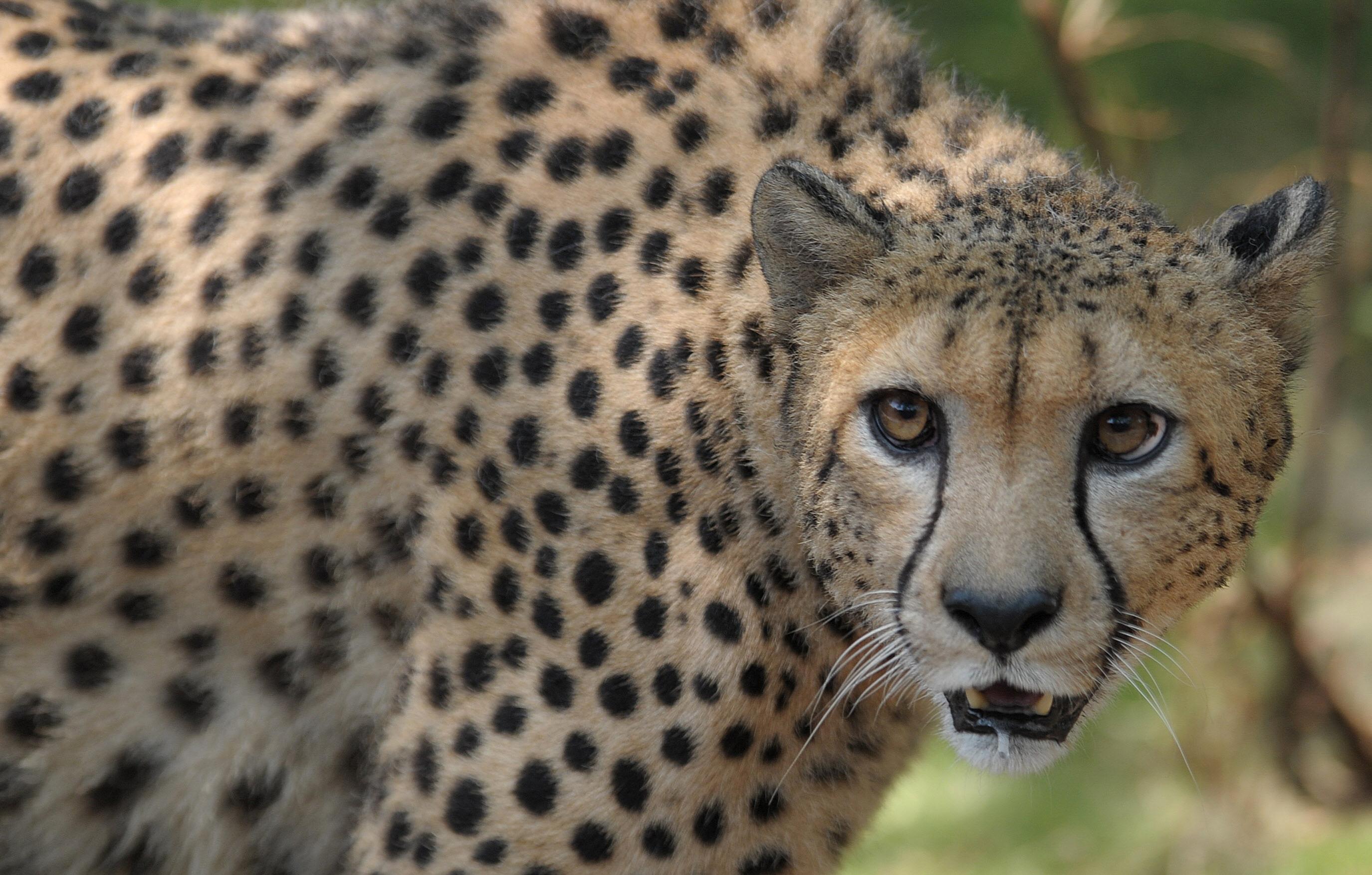Why are wild cheetah populations declining so precipitously? In 1900, Africa was home to around 100,000 of the dappled predators; in 2014, that number has shrunk to 10,000. Conventional wisdom holds that cheetahs, like wild dogs, are prime victims of kleptoparasitism, or prey theft by larger predators. The slender cats, which usually weigh between 110 and 140 pounds, are great at catching antelopes, but not so good at fending off bigger beasts, like lions and hyenas.
This narrative has gained traction in conservationist circles: Pity the graceful under-cat of the grasslands, working hard to catch prey that is then stolen from its claws. (By the way, cheetah claws are a specialized marvel. Because the felines run so swiftly—accelerating, at times, from zero to 60 mph in just three seconds—their hare or gazelle dinner might try to thwart them in the chase by zigzagging. But cheetahs use distinctive, protruding nails to give them traction during lightning-fast turns.) The idea of the bullying lion or opportunistic hyena fits into our somewhat anthropomorphized vision of the animal kingdom—and, sure, other mammals do poach off these cats’ labor occasionally. But a new paper in Science suggests that the real culprit in the decline of the cheetah isn’t some jungle despot exacting his meaty tribute. It’s us.
The researchers wanted to directly test the claim that kleptoparasitism was pushing cheetahs “over an energy precipice”—that, after exhausting all their resources running down lunch, the cats were deprived of the means to replenish the store after their food was stolen. To do this, the scientists had to figure out how much energy cheetahs actually spent chasing their food. Feline test subjects were captured from two South African wildlife reserves, injected with water labeled with distinctive isotopes, released, and tracked. The ratio of isotopes in the cheetahs’ waste revealed how much oxygen they were using for a given activity—how hard they were breathing, and thus, how strenuously they were working.
After collecting and analyzing the waste, the researchers reached a surprising conclusion. Unlike wild dogs, which often pursue a target with dogged determination over long distances, cheetahs don’t actually blow a lot of their daily energy tailing prey. (A typical chase only lasts a few seconds.) What saps their strength is walking. The cats under observation walked miles and miles searching for quarry they could hunt—miles that were necessary only because human development has so depleted their meal options. The fences we’ve built separate them from impalas, hares, and antelopes. The habitat we’ve razed was once a predator supermarket.
In short: Cheetahs would be fine with lions and hyenas occasionally mooching their food if humans weren’t forcing them to walk themselves to death.
As John Wilson, one of the study authors and a biologist at North Carolina State University, put it bluntly, “Cheetahs aren’t weak. It’s us making them weak.”
We can’t deflect responsibility for our ecological impact onto a bunch of (surprisingly well-mannered!) lions and hyenas.
